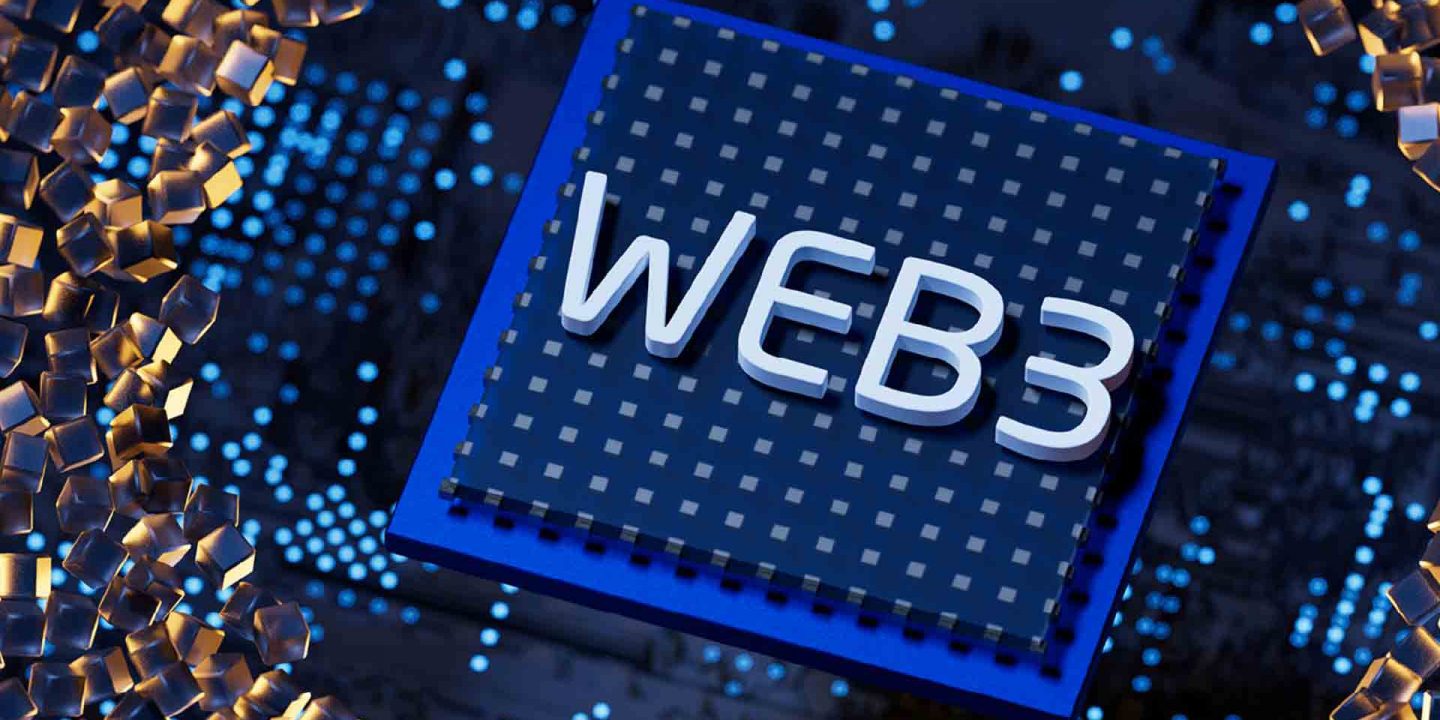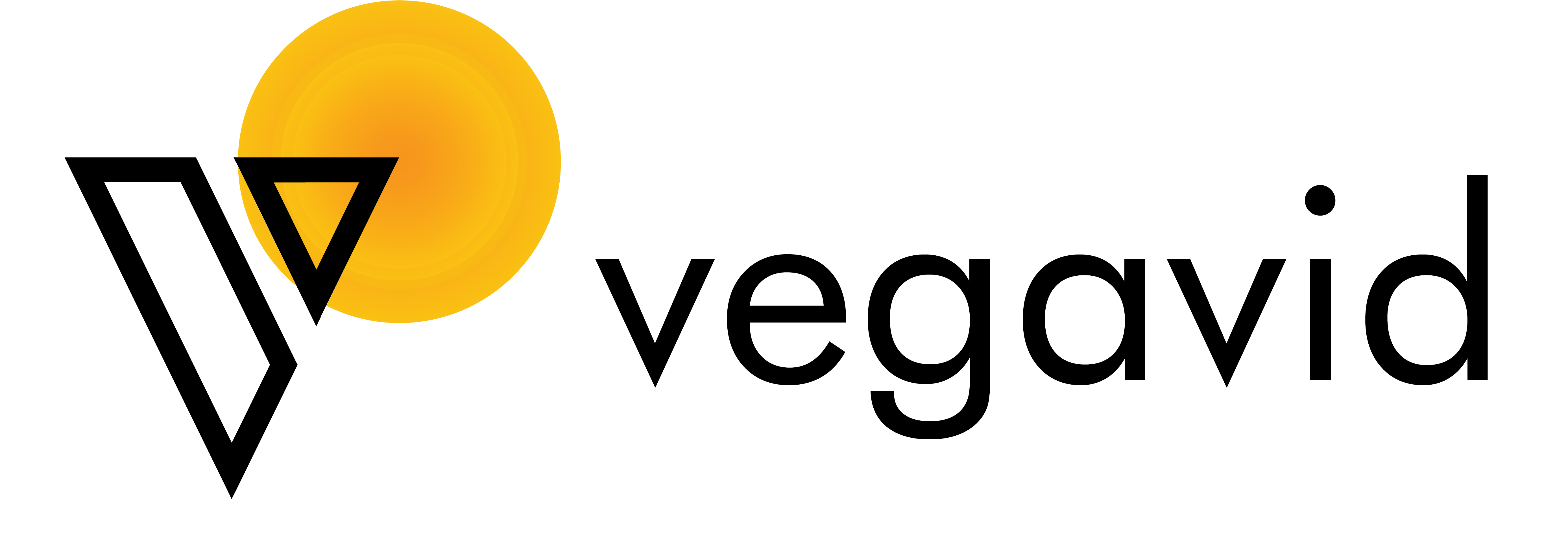
The internet has come a long way since its inception, and with the advent of Web 3.0, we are witnessing a new era of innovation and disruption. Web 3.0 promises to be a more decentralized, open, and equitable internet that empowers users and businesses alike. In this blog post, we will explore what Web 3.0 is, how it differs from Web3, and why it’s important for businesses and consumers. We will also delve into the role of decentralization, blockchain technology, smart contracts, and micropayments in Web 3.0, and the challenges and solutions to adoption. Join us as we explore the promise and potential of Web 3.0 for the future of the Internet.
What is Web 3.0?
Web 3.0 refers to the next major phase of evolution for the internet. It aims to build a more open, decentralized, and equitable Internet infrastructure where power and value can flow freely between users, creators, and communities. Web 3.0 seeks to empower individuals rather than large tech companies by giving people more autonomy, ownership, and the ability to earn value from their digital identities, data, creative works, and online engagements.
Web 3.0 introduces blockchain technology, open standards, and interoperability between platforms to enable this transition. Blockchain allows for decentralized exchange, smart contracts, and micropayments that can provide fair compensation to creators for their content and data. Open standards promote interoperability and decrease lock-in to any single service. Users can transition between platforms easily while maintaining control of their digital assets, relationships, and profiles.
By developing an open internet built on blockchain and openness rather than closed systems and proprietary networks, Web 3.0 aims to revolutionize how technology companies and platforms operate. It challenges existing business models focused on collecting and selling user data or attention to advertisers. Web 3.0 creates new possibilities for business models that are transparent, equitable, and actually beneficial to users rather than exploitative of them.
Web3 vs Web 3.0
Web 3.0 and Web3 are related concepts but differ in important ways. Web 3.0 refers to a broad philosophical vision for the future of the Internet as an open, equitable, and empowered space. It proposes developing the internet into a tool that serves the interests of users, creators, and communities rather than large tech companies. Web 3.0 argues for building decentralized networks, open standards, interoperability, and new models that spread power broadly rather than concentrate it within any one group.
In contrast, Web3 refers to the live blockchain networks, applications, and tools being developed today to realize certain aspects of the Web 3.0 vision. Web3 focuses on decentralized finance (DeFi), non-fungible tokens (NFTs), identity management, or other specific uses of blockchain technology. Web3 could help progress Web 3.0 by providing the systems needed for a more open internet, but Web3 alone does not define or achieve the full scope of what Web 3.0 proposes. Web3 may serve to empower users and fair markets, or new groups looking to control conversations and value exchanges, depending on how it develops.
Web 3.0 believes in reimagining internet infrastructure and economics to better serve humanity. Web3 looks at blockchain solutions for particular problems, like payments, content platforms, data ownership, or creative works. Web3 may be a means to the end that Web 3.0 inspires. But without consideration of the bigger picture, Web3 also risks becoming an end in itself that fosters new forms of control, exploitation, or centralization rather than the open and inclusive future Web 3.0 envisions.
Importance of Web 3.0 for Businesses and Consumers
Web 3.0 could fundamentally change relationships between businesses, users, creators, communities, and technology itself. But this change must be driven by principles of empowerment, inclusion, and the public good rather than exploitation of power or profits alone. Web 3.0 has the potential to build a more sustainable, equitable, and purpose-aligned digital future for all. But without balanced, transparent, and multi-stakeholder governance, the progress of Web 3.0 could easily cause unintentional harm. Businesses and consumers must work together to develop Web 3.0 for the benefit of humanity, with eyes open to consequences and aspirations. With vision and responsibility, Web 3.0 can positively transform society and reimagine technology as a tool for progress rather than manipulation or control. But without them, its disruptions could endanger more than they empower. Care, consideration, and collaboration are required to build the future promised by Web 3.0 without compromising the present on which we depend.
Web 3.0 and Decentralization
Central to the vision of Web 3.0 is a shift towards a more decentralized internet. Decentralization within Web 3.0 means distributing power and control rather than concentrating it within a few large technology companies. It aims to give more autonomy and agency to individual users, creators, and communities. Decentralization also promotes openness through open standards, interoperability between platforms, and choice of networks for different needs. Rather than locked-in ecosystems, decentralization creates an open internet of interconnected spaces optimized for various goals.
Web 3.0 proposes moving towards decentralization through blockchain technology, cryptography, and peer-to-peer networks and protocols. Blockchain in particular allows for decentralized exchange, smart contracts, DAOs (decentralized autonomous organizations), and alternative value systems not reliant on a central authority. By distributing ledger, consensus, and governance across many nodes, blockchain can facilitate a more equitable power distribution without centralized control. At the same time, decentralization also means instability and unpredictability until mature processes and guardrails are established through experimentation and experience.
Decentralization is an important philosophy of Web 3.0, but challenging to implement in practice. It demands complex management of trade-offs between openness/freedom and stability/coordination. Open standards and interoperability help, but do not alone prevent the consolidation of control within groups rather than companies if the dynamics of network effects and incentives are not thoughtfully considered. There is also a need to ensure decentralization increases inclusion rather than obscuring lines of accountability under constraints of pseudonymity or consensus.
Web 3.0 and Blockchain Technology
Blockchain technology is foundational to many of the concepts within Web 3.0. Web 3.0 proposes developing a more open, decentralized, and equitable internet infrastructure. Blockchain allows Web 3.0 to facilitate this transition through decentralized networks, smart contracts, cryptocurrencies, and alternative value exchange models not reliant on a central authority or single administrator. By distributing control and transparently recording transactions across many nodes, blockchain has the potential to empower users, creators, and communities rather than large tech companies.
At the same time, blockchain is not synonymous with Web 3.0. Web 3.0 is a broad philosophy proposing the reimagination of power and purpose across the internet. Blockchain provides some of the technological mechanisms for progressing Web 3.0, but other technologies like open standards, interoperability, and peer-to-peer protocols also contribute. And even with blockchain, Web 3.0’s vision depends greatly on how the technology is developed and applied in practice. Blockchain can lead to new forms of centralization, manipulation, or exclusion if not governed responsibly and for the benefit of all.
Blockchain allows for innovative concepts within Web 3.0 such as decentralized finance (DeFi), non-fungible tokens (NFTs), smart contracts, DAOs (decentralized autonomous organizations), and alternative cryptocurrencies. These concepts promise new possibilities for ownership, governance, value exchange, and economic inclusion. However, they also introduce complexities that require management around volatility, regulation, fraud, privacy, and more. There are risks of destabilization or manipulation if blockchain progress outpaces thoughtful stewardship.
Web 3.0 and Smart Contracts
Web 3.0 proposes developing a more open, decentralized, and equitable internet infrastructure. Smart contracts are an important technological concept within Web 3.0 that could help enable this transition through decentralized and trustworthy exchange. Smart contracts are self-executing contracts with the terms of the agreement directly written into lines of code. They run on blockchain networks, allowing them to be transparent, verifiable, and censorship-resistant.
Smart contracts provide tools for radical change, but vision determines purpose. Web 3.0 proposes using smart contracts and other technologies to enable open participation, fair value distribution, and inclusive governance as an ethical ideal. But without ethical imagination and thoughtful governance, the rush to innovate could spread chaos before building lasting good. Both the possibilities and perils of smart contracts must be managed responsibly to develop them for shared progress rather than private gain alone. With wisdom and collaboration, smart contracts have the potential to positively transform relationships between people, technology, value, and power within Web 3.0 and beyond. But without them, the future enabled could perpetuate new forms of control, manipulation, and exploitation under the banner of decentralization and trust.
Web 3.0 and Micropayments
Micropayments refer to the exchange of very small amounts of money or value. They are an important concept within Web 3.0 because they could enable fair compensation for creators and participants at scale without reliance on large centralized platforms. By allowing users to make many small payments rather than a few large ones, micropayments facilitate the distribution of revenue and rewards across a greater number of individuals, groups, and efforts.
Micropayments propose providing economic incentives and means of earning a living for the long tail of creators, contributors, and communities beyond just the big names and platforms that currently dominate digital spaces. They could help establish more equitable value distribution within Web 3.0 by giving more people the ability to benefit from the attention, engagement, community-building, creative works, data, attention, and more on their internet-based efforts and exchanges. However, micropayments also introduce new complexities around regulation, fees, fraud, volatility, and unequal access that require proactive safeguarding to develop them responsibly.
Challenges and Solutions to Web 3.0 Adoption
Challenges:
- Lack of understanding. Web 3.0 proposes a radical change that is complex, unfamiliar, and frightening for many to accept. Grasping its possibilities and perils requires substantial conceptual shifts.
- Regulation and policy uncertainty. Regulating Web 3.0 concepts like blockchain, cryptocurrency, and smart contracts poses legal complexities. Uncertain regulation acts as an adoption barrier.
- Security, privacy, and stability risks. Decentralization lacks centralized oversight, opening new vulnerabilities to exploit without safeguards, standards, education, and governance.
- Access inequality. Not all have equal access to or understanding Web 3.0. Including marginalized groups requires managing limitations, barriers, and inequities to avoid further disadvantages.
- Centralized commercial interests. Large tech companies benefit from the status quo, actively working to shape standards, platforms, and regulations maximizing their power, not a public good.
- Distrust in technology or institutions. Some distrust big tech and the government involved in Web 3.0. Their engagement and support are needed for mainstream adoption, so their perspectives must shape progress.
Solutions:
- Educate for understanding. Explaining Web 3.0 clearly in conceptual and practical terms helps address fears and increase comfort with unfamiliar radical ideas.
- Work with regulators for coherent frameworks. Collaborate with the government on regulation supporting innovation and risk management through balanced openness.
- Implement safeguards and standards. Thoughtfully manage privacy, security, and stability risks with oversight, guidelines, and safeguards built in from the start to build trustworthiness.
- Consider inclusivity from the beginning. Proactively include marginalized groups in developing Web 3.0 concepts and applications to equitably address the lack of access and prevent inequities.
- Build diverse partnerships. Form coalitions across stakeholder groups with varied perspectives to spread benefits broadly not concentrate power or profits within any group.
- Address distrust through transparency and community leadership. Openness, integrity, and collaborative development with input from impacted communities can rebuild trust in institutions and technology.
- Demonstrate benefits through measured experimentation. Showcasing real-world benefits of Web 3.0 through pilots builds understanding by proving concepts at scale before full mainstream adoption, easing abstract fears.
- Build opportunities for learning and feedback. Continuously evaluate progress and make adjustments based on new perspectives, research, data, experience, and lessons learned to responsibly develop concepts in practice.
Conclusion
Web 3.0 represents a new era of innovation and disruption for the Internet, promising a more decentralized, open, and equitable experience for businesses and consumers alike. With the rise of blockchain technology, smart contracts, and micropayments, Web 3.0 offers new opportunities for businesses to create more transparent, trustworthy, and efficient systems. At the same time, consumers can benefit from greater control over their personal data, more privacy, and better access to digital services. While there are some challenges to adoption, such as user experience, interoperability, and regulation, solutions are emerging, and the potential for Web 3.0 is enormous. As we continue to explore this exciting new technology, we can expect to see a more vibrant, decentralized, and innovative internet that empowers everyone to participate in the digital economy.











